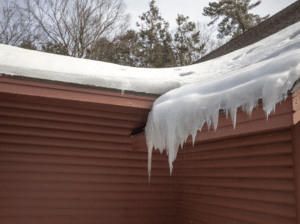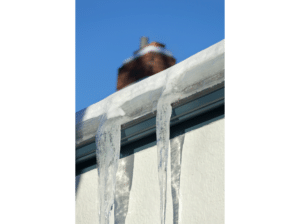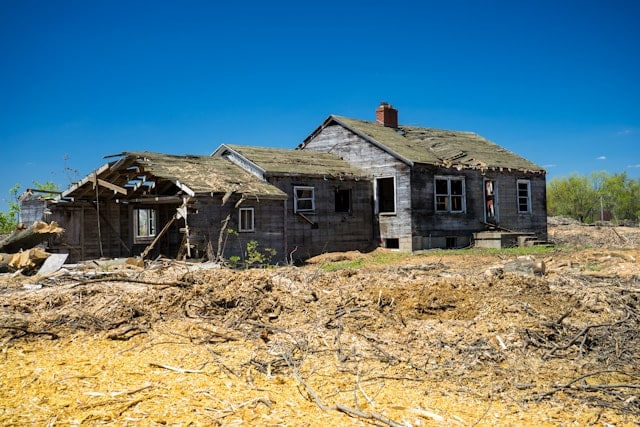As winter loosens its grip and temperatures begin to rise, nature undergoes a transformation known as spring thaw. This natural phenomenon marks the transition from winter to spring and is characterized by the melting of snow and ice accumulated over the colder months.
While spring thaw brings a sense of renewal and anticipation of warmer days, it also poses various dangers — particularly to homes and infrastructure in regions where winters are severe. Let’s explore spring fall, its risks, and what you can do as a homeowner to avoid potential damage.
What is Spring Thaw?
Spring thaw occurs when temperatures rise above freezing, causing accumulated snow and ice to melt. This process is influenced by factors such as sunlight, air temperature, and precipitation.
In regions with heavy snowfall, the thawing process can be gradual, spanning several weeks, or rapid, leading to sudden snowmelt and flooding.
What Are the Dangers of Spring Thaw?
- Floods: One of the primary risks associated with spring thaw is flood damage. As snow and ice melt, the water can overwhelm drainage systems, rivers, and streams, leading to localized flooding. The rapid influx of water can pose a threat to homes, roads, and other infrastructure, causing damage and disruption.
- Foundation Damage: The expansion and contraction of soil due to freezing and thawing can exert pressure on the foundation of homes. This cycle can weaken the foundation over time, leading to cracks and structural damage.
- Mold and Mildew: Excess moisture from snowmelt can create favorable conditions for mold and mildew growth within homes. This not only poses health risks but also requires costly remediation efforts.
6 Tips for Protecting Your Home During Spring Thaw
- Clear Snow: Remove snow from around your home, especially near the foundation, to prevent it from melting and seeping into the basement or crawlspace. Use a snow shovel or snow blower to clear pathways and driveways to facilitate proper drainage.
- Inspect Roof: Check your roof for signs of ice dams and remove any accumulated snow or ice promptly. Use a roof rake or hire a professional if necessary to prevent water from backing up under shingles.
- Clean Gutters and Downspouts: Ensure that gutters and downspouts are clear of debris to allow for proper drainage. Consider installing gutter guards to prevent clogs and facilitate water flow away from your home’s foundation.
- Seal Cracks and Gaps: Inspect your home for cracks and gaps in windows, doors, and foundation walls. Seal any openings with caulk or weatherstripping to prevent water infiltration.
- Install Sump Pump: Consider installing a sump pump in your basement or crawlspace to remove excess water and prevent flooding. Ensure that the pump is in good working condition and has a battery backup in case of power outages.
- Landscaping: Grade the soil around your home away from the foundation to promote proper drainage. Consider planting native vegetation or installing a rain garden to absorb excess water and prevent runoff.
For more tips on reducing flood damage, check out our article: 5 Tips to Reduce the Risk of Flood Damage

Key Takeaways
Water and flood damage from spring thaw is a real hazard that may require the services of an emergency restoration company like 24 Hour Flood Pros. By taking proactive measures to protect your home during spring thaw, you can minimize the risks of flooding, structural damage, and mold growth.
Stay informed about weather forecasts and be prepared to implement additional precautions if necessary to safeguard your property and belongings from the impacts of melting snow and ice.





